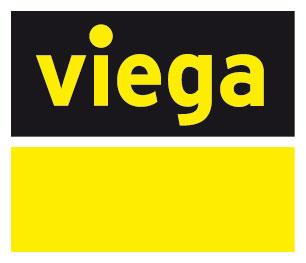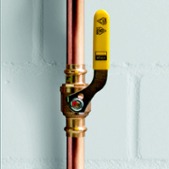What makes copper nickel marine pipe fittings the ideal material for a marine pipe project?
There’s no single answer to this question about copper nickel pipe fittings and the marine industry, but rather a combination of features. Not only does copper have a natural resistance to seawater corrosion, but it also has low biofouling properties that reduce excess drag on vessels.
While innately valuable to marine projects, not all copper nickel pipe fittings are built the same. How they are designed and manufactured play a significant role in the system’s performance — for better or for worse.
Here are three qualities bound to benefit your bottom line.
1. Extensive Marine Testing and Approvals
Before investing in copper nickel pipe fittings for marine pipe, project managers want to know products can withstand the test of time and nature. Rigorous testing serves this purpose. Consider the case where vibrations at sea cause marine pipe to move several inches. Standardized vibration tests of copper nickel pipe fittings can address this problem before it ever bubbles to the surface.
Just as important to quality assurance are industry approvals. The more standards that products are able to adhere to, the more reliable they become in the eyes of marine professionals. Let’s use the U.S. Coast Guard as an example. When pipe fittings have USCG acceptance, it’s a testament to their high-quality pressure and temperature ratings, as well as their ability to withstand the dynamic ship motion effects.
2. Proper Sealing Elements
Like most press connections, copper nickel for marine pipe requires a sealing element. Included in the design of pipe fittings, these elements are designed to harmonize perfectly with the specific media, temperatures and pressures to ensure optimal performance.
For copper nickel pipe fittings, the ideal candidate is a fluoroelastomer (FKM) sealing element. Not only does FKM have exceptional performance in the face of high temperatures and petroleum-based additives, but it also has excellent resistance to ozone and environmental influences. This combination of features makes it a viable option for various applications, from seawater systems to fuel oil systems.
3. Cold Press Technology
When welding is used to connect marine pipe, heat-affected zones (HAZs) are unavoidable. While HAZs can be relatively small in size and strength in some cases, others are quite large and powerful — often a result of higher amounts of applied heat. The latter can change the structure of copper nickel pipe and make it more susceptible to corrosion and cracks.
Cold press technology eliminates these concerns. With no flame required to establish pipe connections, marine pipe maintains the same level of quality in terms of look and performance. It also saves the time it would take to treat HAZs and restore the metal structure.
When it comes to advancing your marine pipe systems, Viega is here to help. Our copper nickel pipe fittings are marine tested and approved, use the FKM sealing element and can be installed with a portable tool in seconds without flame. To learn more about how we can help with your next marine project, contact us today.









